By
Cecilia Sandroni
In long-gone years Joey Ramone, undisputed leader of one of the groups that made Punk a cultural movement like no other, was singing “Hanging in the lobby of the Chelsea Hotel / On a wild psychedelic night, pretty wild / Like a drug I never did before a drug I never done / A drug I never did before this ain’t fun.”
The lobby and other settings at the Chelsea Hotel, one of the most iconic buildings in the city of New York, come alive in a selection of snapshots made by Gerald Bruneau in the 80s and displayed at Contemporary Cluster, on the first floor of Rome’s Palazzo Cavallerini Lazzaroni.
The forte of Bruneau is that he restores the allure of a location covered in myth; musicians, writers, actors and film directors who left an indelible mark on the historical memory of this building went through its corridors. Mark Twain, Dylan Thomas, William Borroughs, Jack Kerouac, Simone de Beauvoir, Charles Bukowski, Allen Ginsberg, Leonard Cohen, Patti Smith, Iggy Pop, Jeff Beck, Sid Vicious and Nancy Spungen, Willem de Kooning, Robert Mapplethorpe are only a few persons of the habitué at the Chelsea Hotel, heterodox or regular customers of those rooms that provided them with the impermanence of an incredible season, which allowed some of the most brilliant minds of the 20th century to bloom.
The historical hotel, a twelve-storey building in Victorian style located at 222 West 23rd Street Manhattan, next to the Chelsea neighborhood, was founded in 1884 by Philip Huber, the inventor of a self-locking button, used for the uniforms of the unionist army in the war between the north and the south, and an enthusiast upholder of the progressive ideas of Charles Fourier, a philosopher who conducted a fiery critique against the dehumanization prompted by 19th-century Capitalism and modern bourgeoisie.
The residential and socializing resolutions suggested by Charles Fourier are thus at the basis of the Chelsea, a social and urban experiment risen as one of the first housing cooperatives in New York. That same building, realized by the enlightened mind of a man who took inspiration from libertarian ideals and utopian tensions, will become, in a few years, the favorite destination of whole generations of artists and creative talents. That being said, the Chelsea highlights an epochal shift that will revolutionize the skyline of New York forever, offering to artists and to its regulars a magic place, on hold between utopian impulses and dystopian abruptness in a fast-moving world.
Gerald Bruneau, who lived and crossed those fascinating settings, proposes a selection of twelve snapshots from the 80s. Images of riveting authenticity, an ascendant path through which Bruneau describes some of the “witnesses of an unrepeatable and unequalled world in its impudent provocation and creativity like you would never see in certain characters that, alas, do not come back.”
Shizo, former member of Nina Hagen’s band, who used to visit the most underground clubs in the city, regularly followed by the producer and “slave” Umberto, the 112-year-old Alpheus Cole, pupil of the French painter and engraver Benjamin Constant, the composer Virgil Thomas, the writer and producer of space music Alan Cohen, better-known as Aloid, the performer Leigh Bowery and his wife Nicola Bateman are only a few of the characters that Bruneau photographed during the time spent at the Chelsea. A large crowd of creative talents, drop-outs, as well as respectable and esteemed intellectuals, re-establishes the milieu of the artistic dynamism of those years.
Bruneau’s photographs constitute a unique memory of long-gone moments; they seep authenticity, intent as they are to capture moments of everyday life of atypical and eclectic persons.
Gerald Bruneau
Gerald Bruneau (Monte Carlo, 1947) began his professional career in New York in the 70s, liaising at the Factory of Andy Warhol, and making portraits and news reports in the United States. In the 80s, he moved to Italy, where he started working as a freelance for prestigious magazines. Recently, he intervened on the Riace Bronzes and on the Paolina Borghese, causing many polemics. For many years, he has worked for Grazia Neri agency and he has been one of the founders of the online photo agency Blackarchives. His works have been published on the most important Italian and international magazines: among others, Washington Post, Time, Newsweek, Le Figaro, Le Monde.
Cecilia Sandroni
Cecilia Sandroni is a member of the Foreign Press in Rome, in addition to being an expert of international relations in communication. Her skills range from film to photography with a passion for human rights. Independent, creative, concrete, she has collaborated with major Italian and foreign institutions for the realization of cultural and civil projects.

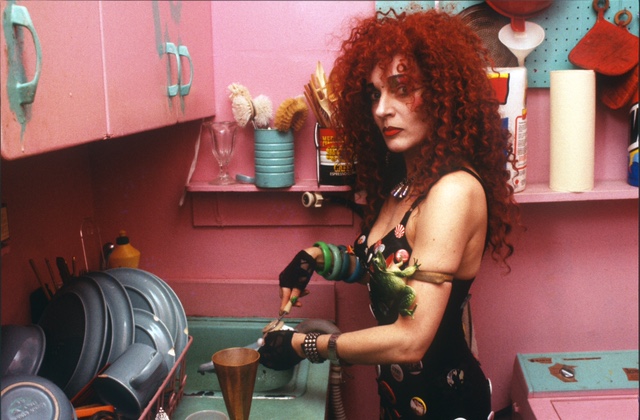
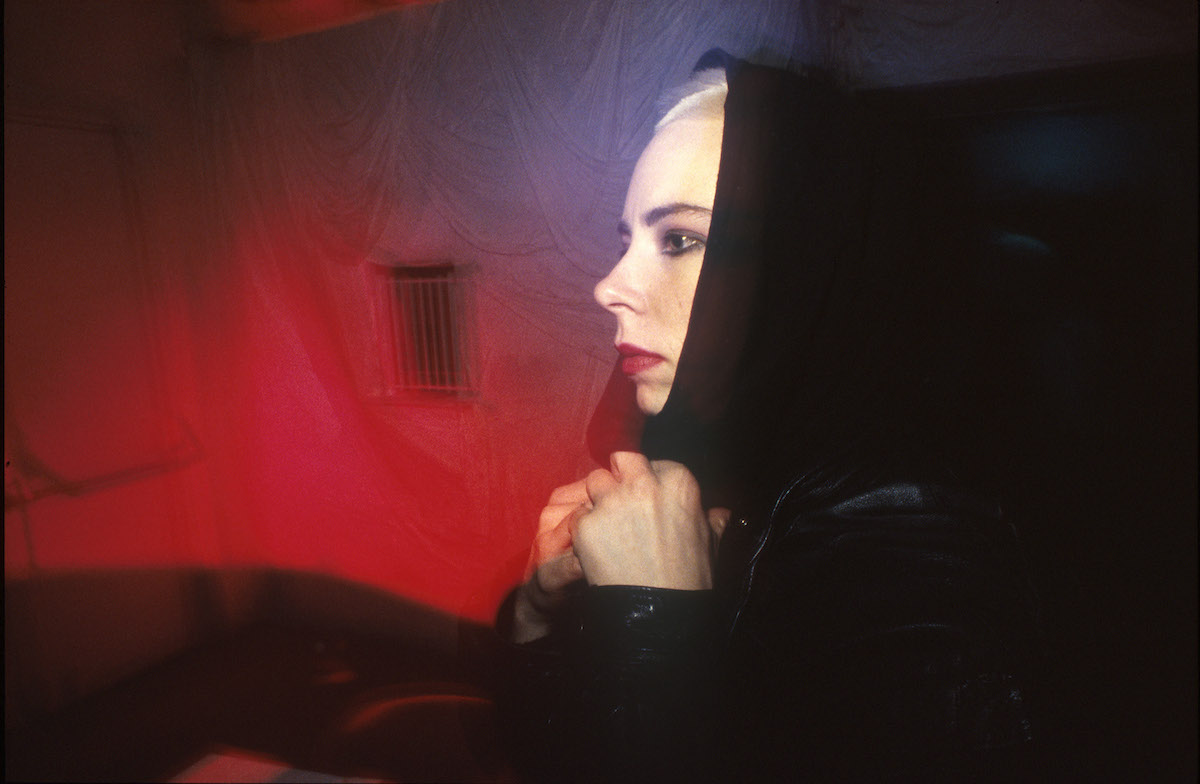
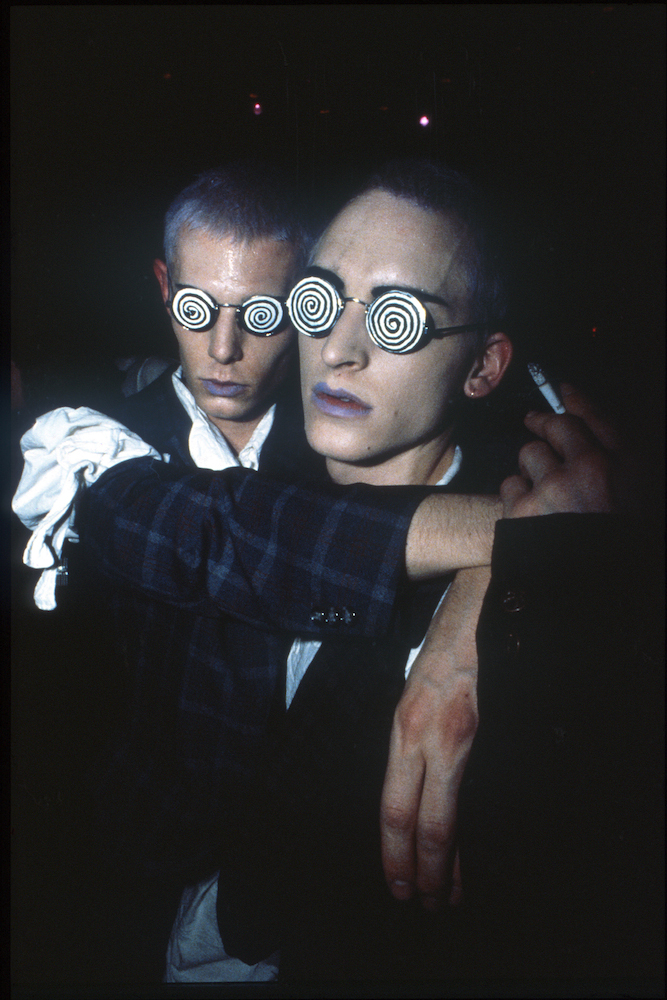
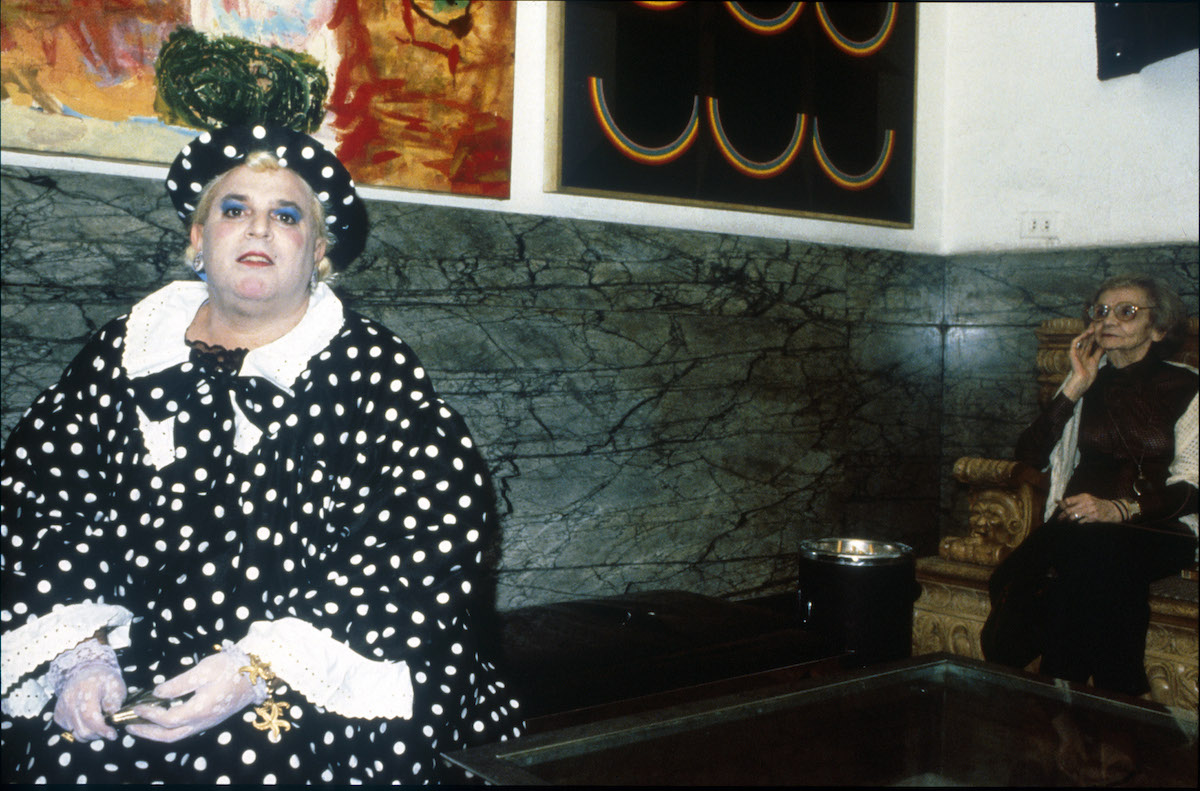
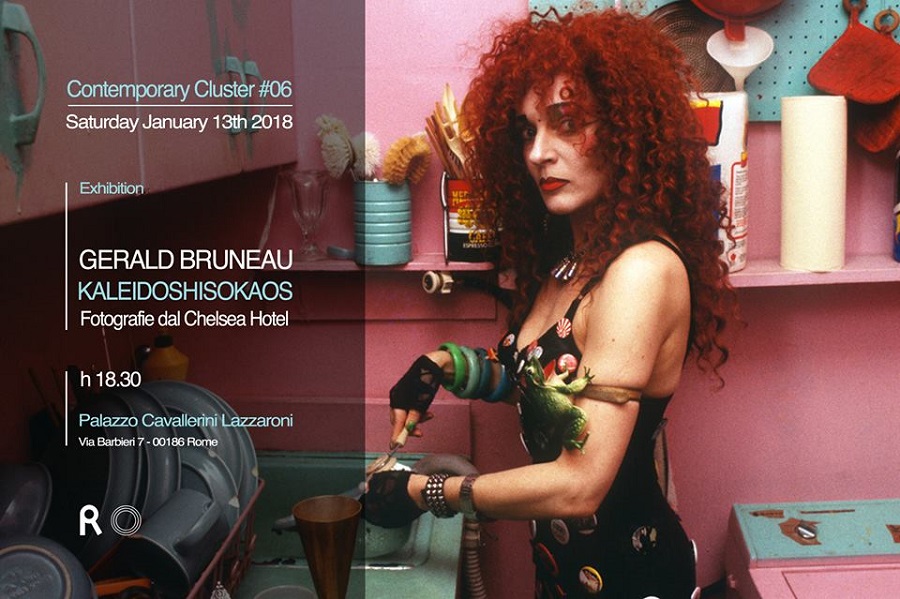


No Comments Yet!
You can be first to comment this post!